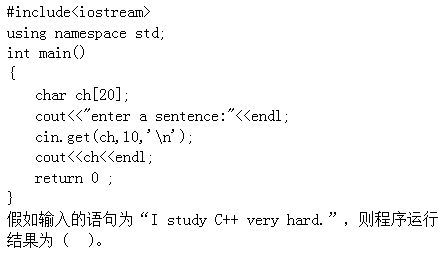ral or matrilineal sharing in an often explicitly stated contrast to Harold Bloom's well-established theory of the "anxiety of influence" besetting male writers. In Bloom's powerfully influential vision, that anxiety is posed as a kind of Freudian agon of sons against fathers, a struggle of self-definition through resistance and mastery. Feminist critics have generally agreed with the Bloomian model as applied to male authors but have demurred with respect to women writers, whom we have tended to see in familial terms. The model of a separate women's tradition in literature, its inner coherence maintained by resistance to male dominance, that was posited in the 1970s by Ellen Moers, Elaine Showalter, and Sandra M. Gilbert and Susan Gubar has been widely accepted. As Betsy Erkkila points out, these groundbreaking feminist critics may not have significantly challenged the Bloomian model as applied to women writers and women precursors, but they did at any rate establish their resistance to the masculine literary establishment and the masculine model of rivalry. Their successors and elaborators have argued forcefully that a women's tradition is constituted of a supportive community whose members welcome the all-too-rare voices of foremothers calling to them across the ages. Even the literary foremothers nearer at hand, according to this prevailing vision, have served as models for emulation rather than hegemonic powers to be challenged. Erkkila, for example, asks pointedly, "How useful is the Bloomian model when the poet attempts to define herself not in relation to her poetic fathers but in relation to her poetic mothers." Her answer (later modified because of greater complexity) is not very. A metaphor of motherhood and daughterhood has, in the words of Linda R. Williams's recent revisionist theory, "profoundly affected our reading of women's literary history." Citing Alice Walker's argument about nebulous forms of knowing in In Search of Our Mothers' Gardens, Luce Irigary's concept of connectedness ("One doesn't stir without the other") and Helene Cixous's version of the authentic woman writer's writing of her mother's milk in "The Laugh of the Medusa," Williams calls for an interpretation of literary connectedness not as a revision of the Freudian and Bloomian system-which Erkkila, by retaining the familial language, has in a sense retained, but as a way "outside of an Oedipal dynamic" altogether.
The revisionist views of Williams and Erkkila are useful corrections of the prevailing mode of feminist theories that "romanticize, maternalize, essentialize, and eternalize women writers and the relationships among them." Neither, however, asks if women writers may not sometimes exhibit, rather than either revise or escape, the Bloomian model of literary rivalry. It is a prospect, perhaps, that we would prefer not to entertain. But it is a prospect that, while clearly not typical, may be less atypical than feminist critics may have supposed in our times too idealizing and essentializing theories.
An instance of such a female adoption (and adaptation) of the Bloomian model of male writers' anxiety is Katherine Anne Porter's anxious and artfully duplicitous essay on a literary elder sister, "Reflections on Willa Cather." Operating in the loosely narrative fashion that characterized not only Porter's nonfiction but her very mode of thought, the essay purports to pay retrospective tribute to one of the preeminent women writers of the early and mid-twentieth century, but in fact asserts Porter's own stature in the world of letters. In the story of her essay, the protagonist is not Cather, as one would expect from the title, but Porter herself. The essay is cast in a pervasive first-person mode in which the observing or commenting "I" becomes the active principle and its putative topic a passive reflector, a mirror ref
A.Freud and Bloom: Father and Son
B.Erkkila and Williams: Mother and Daughter
C.Fathers and Sons: The Limits of Literary Theory
D.Mothers and Daughters: The Limits of Literary Theory
 题目内容
(请给出正确答案)
题目内容
(请给出正确答案)
 简答题官方参考答案
(由简答题聘请的专业题库老师提供的解答)
简答题官方参考答案
(由简答题聘请的专业题库老师提供的解答)































